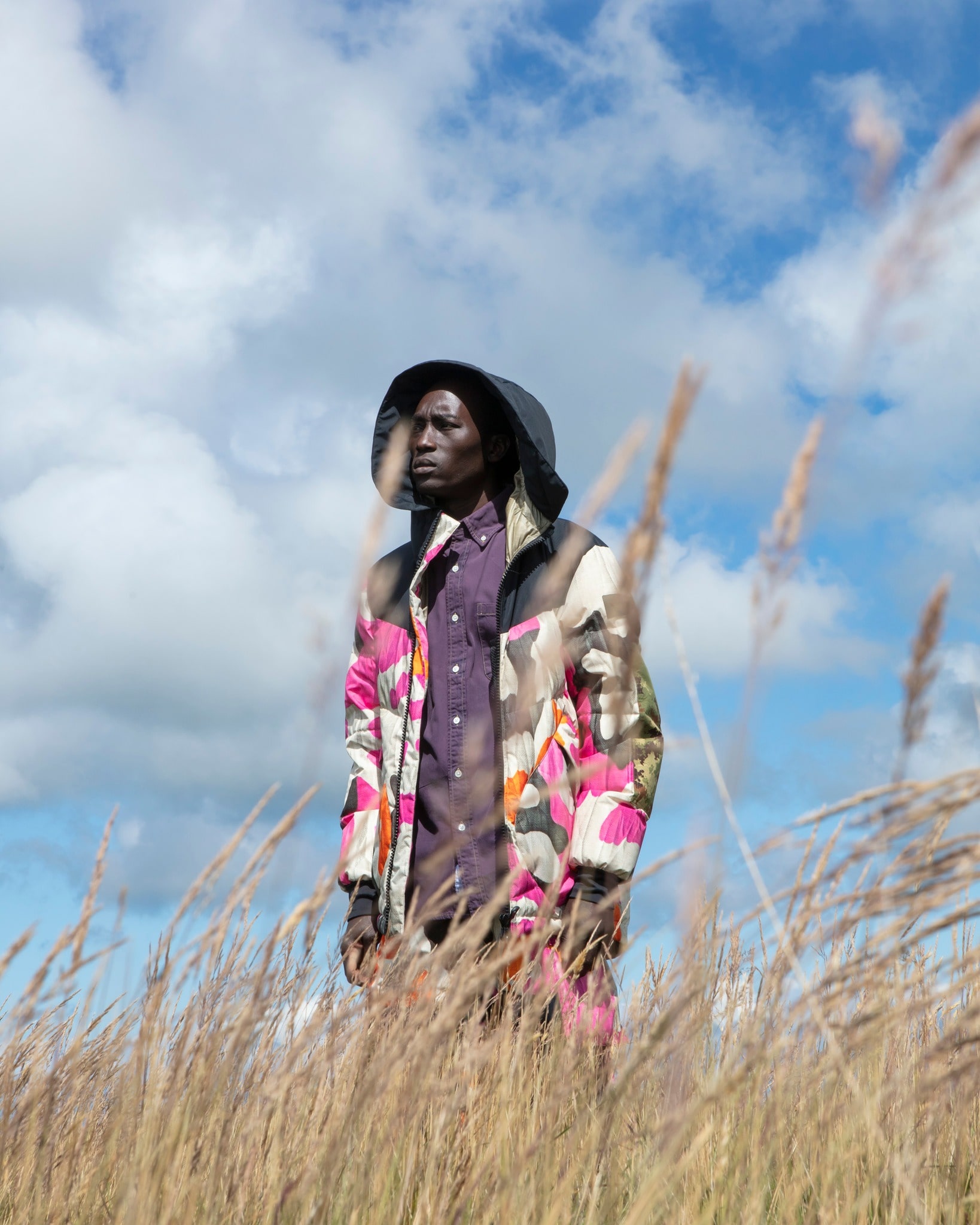1
HOME > Trends >
WHAT IS A MICROTREND?
Written by Bryan Rivera in Trends on the 8th February 2023

I get it—we hear the prefix micro and think quick, fast, lasting only a short time. You know, like a microwave, that speedy kitchen appliance that can cook a meal in seconds. Or perhaps a microscope, which we all know is a tool used to see how fast things can move, right? The ancient Greeks were the first to use the word micro to mean fast—oh wait, micro means small? Perhaps we got this wrong, let’s start over.
Although it is common to hear people on Tik Tok use the word microtrend as a synonym (or perhaps even a symptom) of fast fashion, microtrends are about scale not speed. They refer to unique trends that exist isolated within subgroups, rather than between them. Microtrends are to fashion what pixels are to images. For example, think of Salomon shoes trending within the Gorpcore community, double-knee pants trending within the Workwear community, or Arc’teryx jackets dominating the Techwear community.

Gone are the days of one-size-fits-all fashion, and welcome to the age of the microtrend where nurturing a sense of personal style is the way to go. The rise of microtrends reflects a social drift away from the large brushstrokes in trends, towards a finer grained individualistic approach. In other words, the microtrend perspective posits that we can no longer understand society in terms of megatrends that sweep us all along (like those nostalgic looks of the 80s). Instead, we are living in the age of the niche. As Mark Penn, the author of the book Microtrends, states: “Microtrends reflects the human drive towards individuality, while conventional wisdom often seek to drive society toward the lowest common denominator” (Penn, 2007).

Then why do some trends last a week while others last for months? One possibility is discussed in Malcolm Gladwell’s The Tipping Point, which talks about the “stickiness factor.” As a trend becomes contagious, the stickiness factor determines its ability to linger (Gladwell, 2000). The stickiness factor describes a property of an item that makes it memorable and gives it its longevity. This is the secret sauce of trends—a characteristic of an item that determines whether a trend will be contagious and spread from person to person. The stickier an item is the longer it will trend. Gladwell argues that there are three elements that contribute to how sticky a trend becomes: its simplicity, its unexpectedness, and its credibility (think celebrity endorsements or good Amazon reviews). Trends that won’t go away have the stickiness factor working in its favor.

As such, not all trends are created equal. Trends that only last a week are not microtrends, they are just trends that failed to gain traction. And we already have a word for short-lived, non-sticky trends that only last a short time—we call them fads. Think of fads like the one-hit wonders of the fashion world. They are trends that fade away as quickly and as randomly as appeared and are nearly impossible to predict (Aspers & Godart, 2013). In conclusion, microtrends play a significant role in shaping fashion and personal style. They also play a vital role in the identity of subgroups and subcultures, given that they help set them apart from the rest of the crowd. Together with the stickiness factor, you now have insight into why certain trends persists while others don’t. Next time you find yourself aimlessly scrolling through a social media (we’ve all been there) consider whether people are confusing the word microtrend with fad. So go on, you’re now equipped to engage in the conversation, and impress your friends with your newfound knowledge about fashion and its evolution.

Trending
2
3
4
5
6
7
8
9
10









